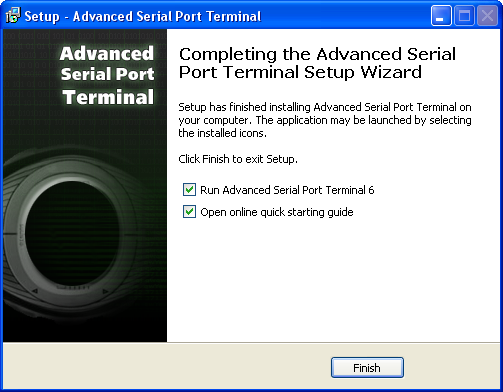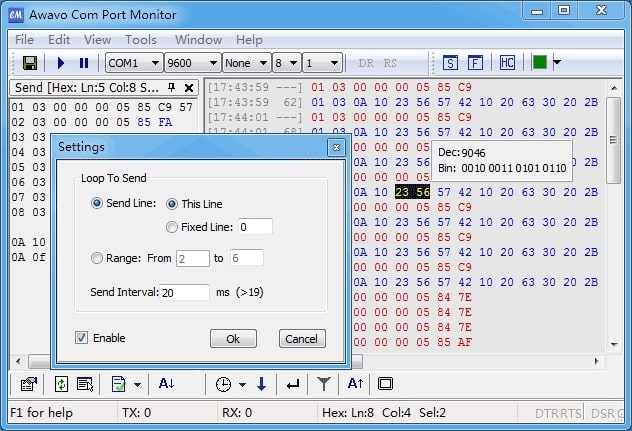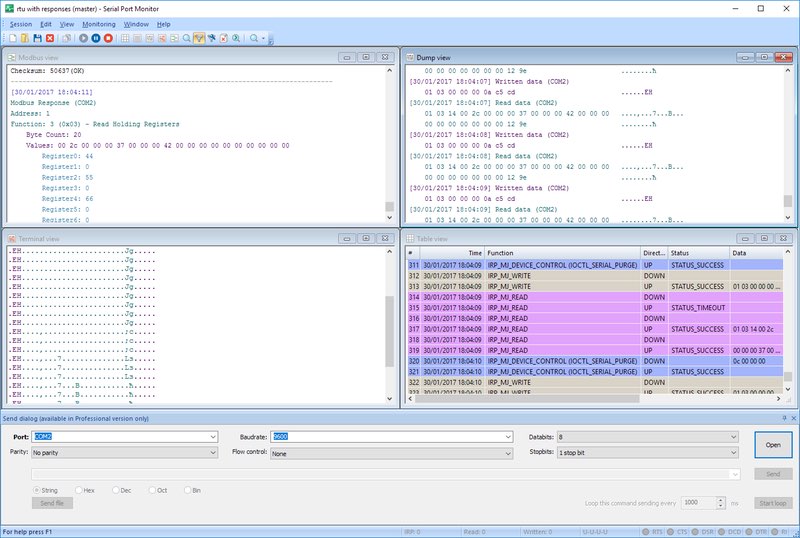


Ensure that the serial cable is connected to the correct port and that no other program is also trying to use the COM port that you’re testing.

If you used the short and the characters you typed on your computer keyboard did NOT appear in the terminal window, there is a problem with the computer’s COM port or the cable. If you remove the short (for example, by removing the screwdriver), any characters that you type on the computer keyboard should NOT appear in the terminal window. In the image below, the phrase “THE FIVE BOXING WIZARDS JUMPED QUICKLY 1234567890” was typed on the computer keyboard and appears in the terminal window. Note: The Echo Input checkbox should NOT be checked in the terminal window for this testing. These characters should appear in the terminal window. While pins 2 and 3 are shorted, use the computer keyboard to type some characters (letters and numbers). No damage will occur, but the loopback test will not work properly. Tip: Don’t let the screwdriver touch the shell of the cable.

In the image below, a 25-pin serial cable is used for the loopback test. You can use something other than a Phillips screwdriver, as long as it is electrically conductive. In the image below, a Phillips screwdriver is used to short pins 2 and 3 on a 9-pin serial cable. Then short pin 2 and pin 3 of the cable together. (In a loopback test, a signal is sent from a device and returned, or looped back, to the device.) For this test, connect a serial cable to the COM port that you want to test. To test if the computer COM port is functioning correctly, you can do a simple loopback test.


 0 kommentar(er)
0 kommentar(er)
